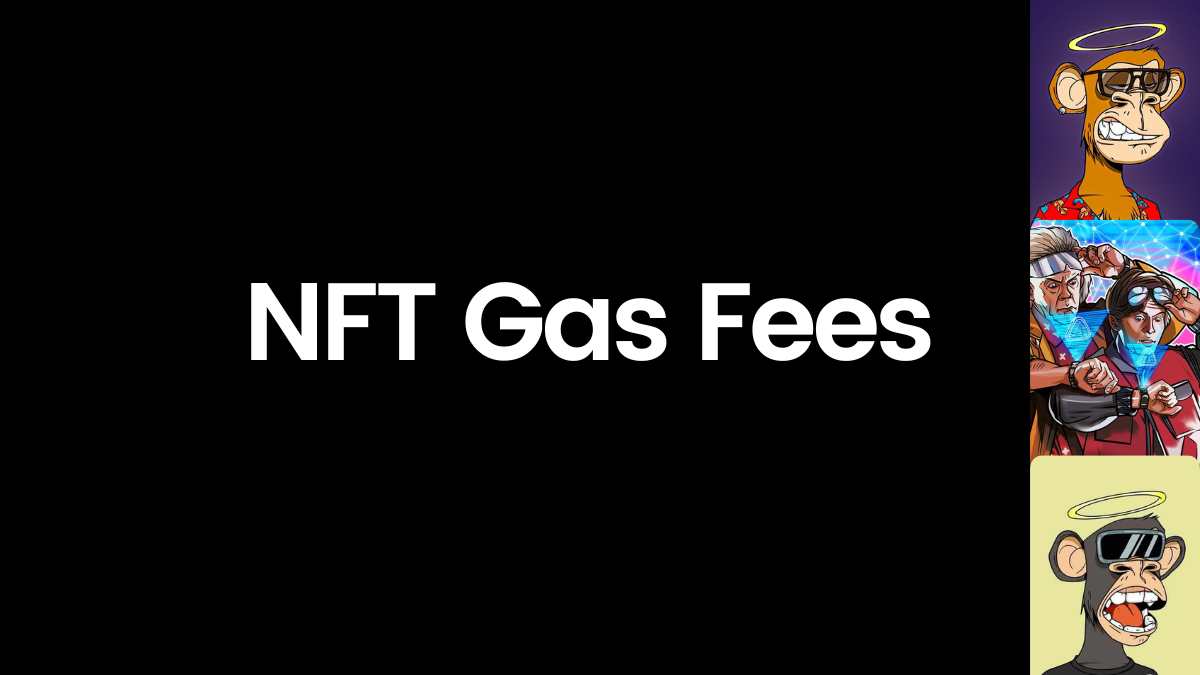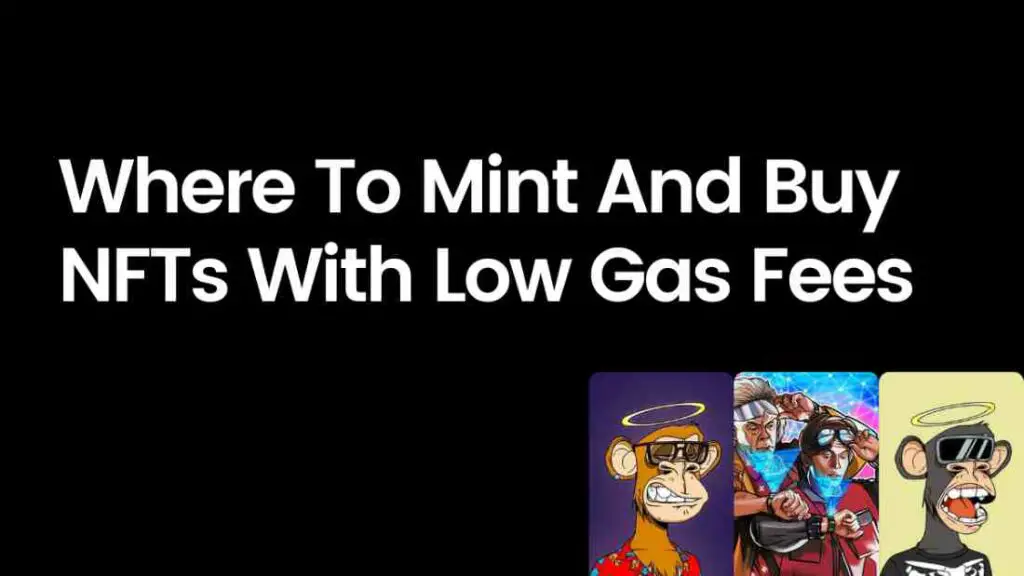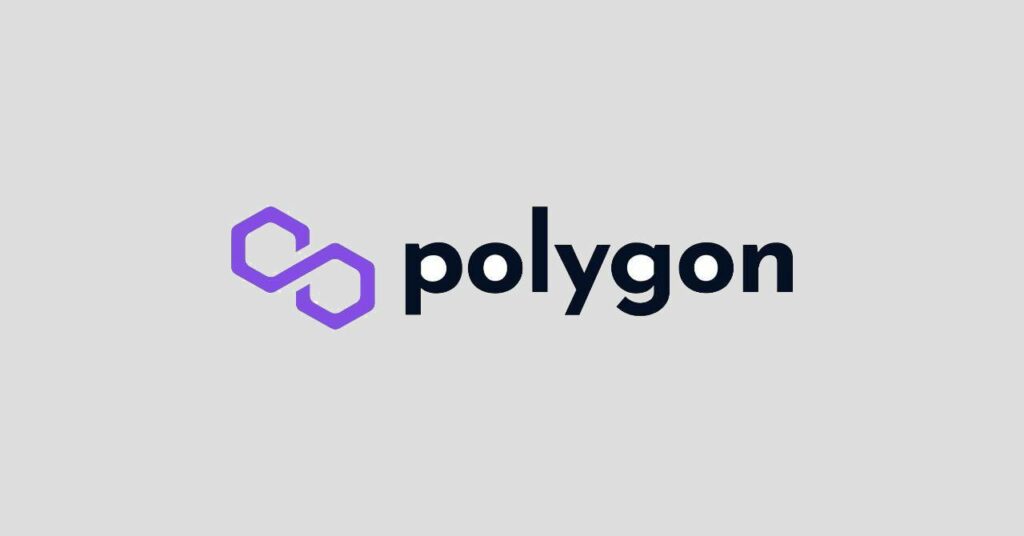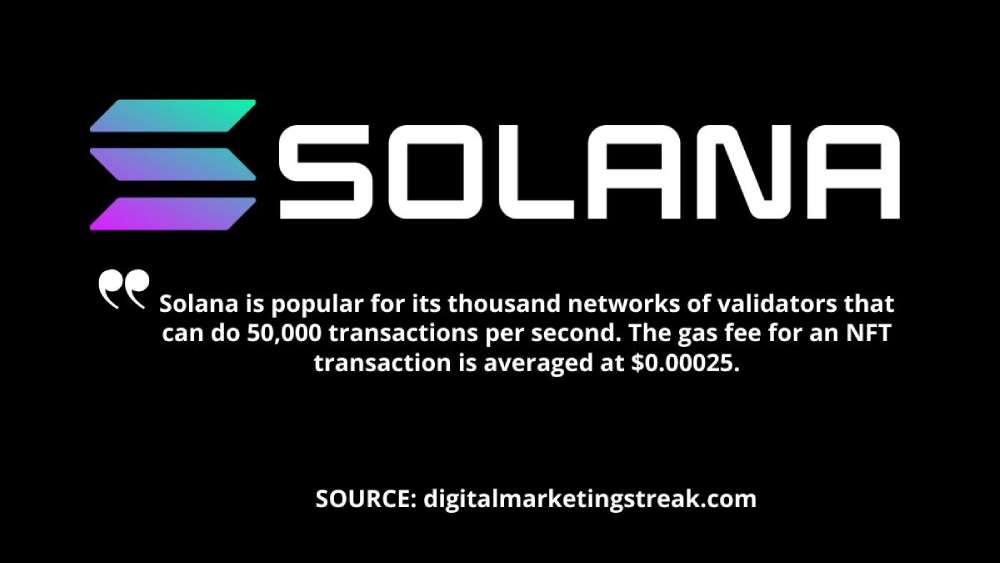NFT gas fee is the compensation for the computational energy that is being utilized by miners to perform a transaction on the blockchain. NFT gas fees vary from a couple of dollars to thousands of transactions based on the volume and type of transaction.
NFTs are popular digital assets nowadays that are traded globally for their various uses. When we tried to explore NFTs we learned about their various uses and how it actually works. NFT gas fee is a term you will go through when exploring NFTs.
Here we will try to elaborate and discuss what is NFT gas fee and how you calculate it. Moreover, we will also discuss how you can avoid the NFT gas fee and get a lesser NTF gas fee on your NFT transaction fee.
Table of Contents
- What Is NFT Gas Fee?
- Why Are NFT Gas Fees So High?
- Where To Mint And Buy NFTs With Low Gas Fees?
- How To Calculate NFT Gas Fees?
- How To Sell NFT Without Gas Fee?
- Summing Up:
What Is NFT Gas Fee?
NFT gas fee is a transaction fee that every transaction has to pay in order to pay for the compensation of energy costs, and other costs that occur when a miner performs an NEFT transaction.

In simple words, the NFT gas fee is a transaction fee that you have to pay to perform a transaction on the blockchain. These fees are managed by the NFT owners and those who help them manage the transactions on the blockchain.
When we talk about Ethereum Blockchain where most of the NFT transactions are executed, it uses a special mechanism known as Proof of Work (PoW). PoW utilizes miners to solve cryptographic algorithms for the blockchain. For successful findings, the miners have to utilize extensive computational energy.
The NFT gas fee is the compensation for that computational energy that is been used to perform the transaction on the blockchain. These fees may vary from $5 to thousands of dollars.
Why Are NFT Gas Fees So High?
When we talk about the NFT gas fee people say that why the NFT gas fee is so high as compared to other types of transactional mediums like bank transactions and transfers.
As we have discussed above, what is the NFT gas fee, and why does it occur? Here we will discuss why NFT gas fees are so high.
Breaking down our answer into different sections to make it easier for you to understand why NFT gas fees are so high? Following are some answers to the question, Why are NFT gas fees so high?
- High Volume Of Transaction
- Determination Of NFT gas fee
- Multiple Uses
High Volume Of Transactions:
Ethereum Blockchain is the most used platform for NFT transactions. Being the most used transaction the volume and popularity of the blockchain increase attracting more transactions to the platform. Ethereum Blockchain is a platform where you will see,
- Decentralized applications (DApps)
- Decentralized finance (DeFi)
- Decentralized autonomous organizations (DAOs)
- Initial coin offerings (ICOs)
With all these transactions happening on the blockchain the miners have to put additional computational resources to manage all of these at once. The high volume of transactions is mostly attracted by the increasing popularity of Ethereum Blockchain.
Determination Of NFT Gas Fee:
NFT gas fee is determined from various sources and computations. Some of the components of the NFT gas fee are as follow:
- Base fee
- Gas limit
- Tip
Base Fee:
The base fee is the minimum amount of fee that has to be paid to complete an NFT transaction. This basic fee is what is charged by the miners as a kind of compulsory fee.
Gas Limit:
Gas limits are the adjustable fee for an NFT transaction that is dependent upon the user’s will.
Tip:
The tip is the fee that the user pays to the miner in addition to the base and gas limit fee. It is like the usual tip that we pay to waiters and servers when we avail of any service.
Where To Mint And Buy NFTs With Low Gas Fees?
We have discussed why the NFT gas fee is high and what are the major causes of it. People who are engaged in NFT transactions are always in search of finding a palace where they can mint and buy NFT with a low gas fee.

The gas fee is directly related to the platform you are using to mint or buy NFT. NFT transaction platforms like Ethereum Blockchain charge a high gas fee because of several reasons we have discussed above.
In order to avoid the high gas fees and mint NFT on the low gas fees, you have to choose the platforms that offer low fees. Following are some platforms that offer low gas fees for NFT minting.
- Binance Smart Chain (BSC)
- Avalanche
- Polygon
- Solana
These are some of the popular NFT places where you can buy and mint your NFT at a lower gas fee.
Binance Smart Chain (BSC):

Like Ethereum blockchain, Binance Smart Chain is another place where you can buy and mint NFT at a low gas fee. Binance smart chain is a cheaper chain where miners solve the problem of smart contracts on the main Binance NFT marketplace.
Binance smart chain is built on Ethereum virtual machine architecture that can execute 160 transactions per second with its max speed.
BSC’s average cost is around 15 cents per transaction which is cheaper than the Ethereum blockchain.
Avalanche:

Avalanche (AVAX) is another cheaper smart contract-enabled blockchain that performs fast transactions at a cheaper cost. Avalanche is famous for its environment-friendly minting where you can mint your own NFTs, In-game NFTs, collectibles, and many other types of NFTs.
At AVAX you can create your own NFT in seconds with less than a cent. NFTs minted on AVAX are traded on NFTrade and Kalao NFT marketplace.
Polygon:

Polygon is the cheapest place to mint NFT at a low gas fee. Polygon (MATIC) is a cheaper alternative to the Ethereum blockchain that can perform 65,000 transactions per second on a single side chain.
The gas fee to mint the NFT on the polygon is more than 1000 times lesser than the Ethereum blockchain gas fee.
Solana:

Solana is another NFT blockchain platform where you can mint and buy NFT at a lower gas fee. Solana chain uses a proof-of-stake algorithm that enables ultra-fast transactions at a low gas fee.
Solana is popular for its thousand networks of validators that can do 50,000 transactions per second. The gas fee for an NFT transaction is averaged at $0.00025. NFT minted on the Solana chain are traded on Solsea and Magic Eden.
How To Calculate NFT Gas Fees?
Calculation of NFT gas fee varies as it depends upon the volume of transactions on the blockchain. Ethereum is the most popular blockchain for NFT transactions and has a varying gas fee. Sometimes the gas fee becomes very expensive as the number of people utilizing the blockchain increases during rush days.
There are several types of transactions on the blockchain that charge the gas fee. Following are the two major types of transactions that have gas fees associated with them.
- Minting
- Transferring
Minting:
The first type of gas fee is charged on the minting of NFT. Once a new NFT is minted on a blockchain miners charge the gas fee in compensation for their computational cost. Minting gas fee is the highest as compared to other types of transactions because of the high computational cost associated with them.
Ethereum blockchain costs more compared to other types of blockchains that mint NFTs. It simply depends upon the volume of NFT minted on the blockchain.
Transferring:
Transferring refers to the buy and sell of NFT on the marketplace associated with the blockchain. Transferring fee is lesser than the minting gas fee as it requires less computational cost as compared to NFT minting. Transferring gas fees is associated with several factors like the amount of NFT traded in a transaction and the time when the NFT is transferred.
There are tens of NFT blockchains that cost less on gas fees for transferring NFT.
How To Sell NFT Without Gas Fee?
Yes, there are some possibilities under which you can trade your NFT without paying the gas fee. This can happen if you choose the right NFT marketplace for your NFT. You can trade your NFT at a lower or no gas fee on various NFT marketplace, some of which are mentioned below.
- Rarible
- Opensea
Rarible:

Rarible is a popular NFT marketplace that offers the opportunity under which you can sell your NFT without a gas fee. This happens because Rarible launches its Lazy Minting facility that allows users to trade their NFTs at a lower gas fee to a 0 gas fee.
Rarible also allows you to transfer your gas fee to the buyer so that you don’t have to pay it. Other than that Rarible also allows you to trade NFT without a gas fee using its marketplace that executes transactions using blockchain that cost low on the gas fee.
OpenSea:

OpenSea is another popular NFT marketplace that allows users to trade their NFT at low or no gas fees. Opensea uses Moralis technology that is based on the coupon system that forwards the gas fee so that it can be claimed when the user claims the coupon for NFT.
Other than that this reduces the NFT development cost and costs lower on NFT minting gas fee. This is how Opensea allows users to trade NFT without a gas fee.
Other Methods To Avoid NFT Gas Fee On NFT Trade:
Some other methods include avoiding the rush days. Tuesdays and Thursdays are considered the busiest days for NFT trading. During these two days of the week as the blockchain is engaged in multiple transactions, the gas fee is high as compared to the rest of the days of the week when the NFT gas fee is lower.
Summing Up:
NFT gas fee is the compensation of computational cost associated with NFT transactions and minting. There are several factors that cost it to be higher like increasing volume and transactions and increasing computational cost. Furthermore, there are various platforms and NFT marketplace where the NFT gas fee can be minimized or reduced to zero.
This marketplace uses various other types of NFT blockchain technology that cost less on NFT minting gas fees and transferring NFT gas fees.
